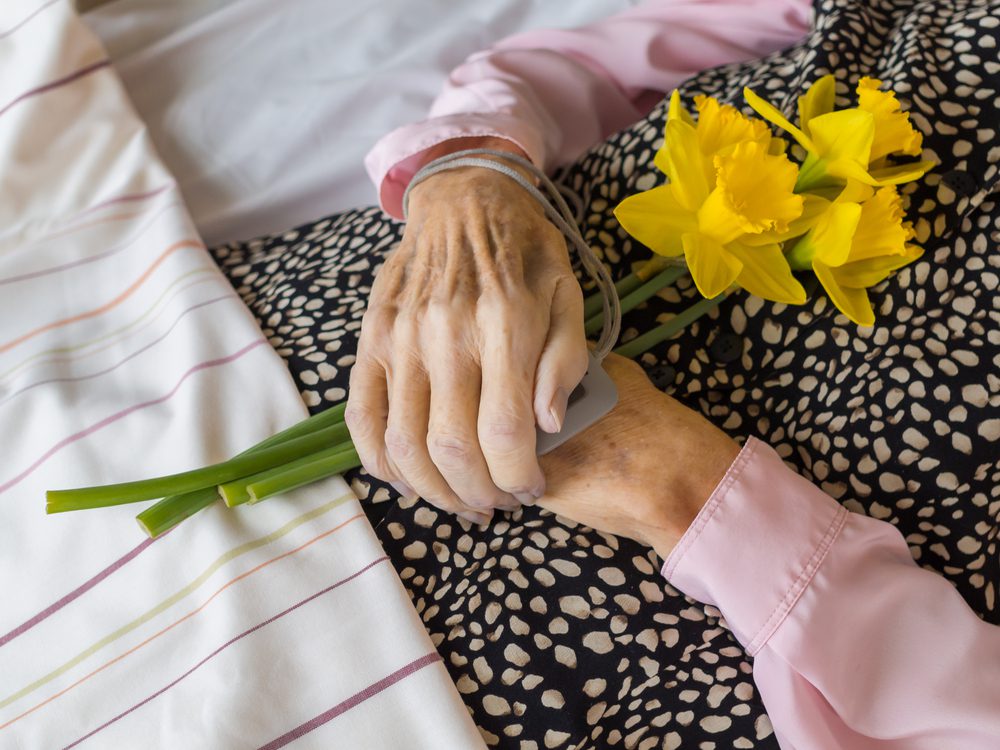
4. Malignant narcissism
We stated at the beginning of the article that a lot of people who are narcissists don’t think they have a real problem. Therefore, they won’t even try to change it, and statistically speaking, there are less than 2% of the narcissists who are actively trying to get professional help!
This fourth type of narcissism is called malignant, and it is probably the worst one. Together with being arrogant, having high self-esteem, and a lack of empathy, malignant narcissism is more dangerous because people who are like this also have aggressive tendencies, paranoia, and sadism.
People with malignant narcissism typically have a darker side to their self-absorption in addition to the desire to concentrate solely on their own health and be held in high regard by almost everyone in their lives. These people are often very cunning and don’t care who they harm as long as they get what they want.
The main distinction between narcissism and malignant narcissism, which you may not have noticed up to this point, is that while narcissism involves symptoms of grandiosity and little to no empathy for others, a malignant narcissist tends to have worse signs, and many psychologists dare to refer to them as “pure evil.”
In reality, based on a number of other studies, some professionals believe that, given that both malignant narcissism and psychopathy exhibit antisocial behavior and little empathy, there is little distinction between the two.
How can you spot a malignant narcissist? First of all, pay close attention to how well they handle criticism, even if you try to put it nicely. Then face them with a situation where you talk about something bad that happened to a close friend of yours and see how they react to that.
Because they have very low self-esteem and confidence, they seek various methods to boost them, even if they hurt others along the way.
Don’t forget that these people, no matter how bad they look, had a bad childhood that made them the people they are now. This disorder can be treated accordingly, but only by a psychiatrist after some therapy sessions.












